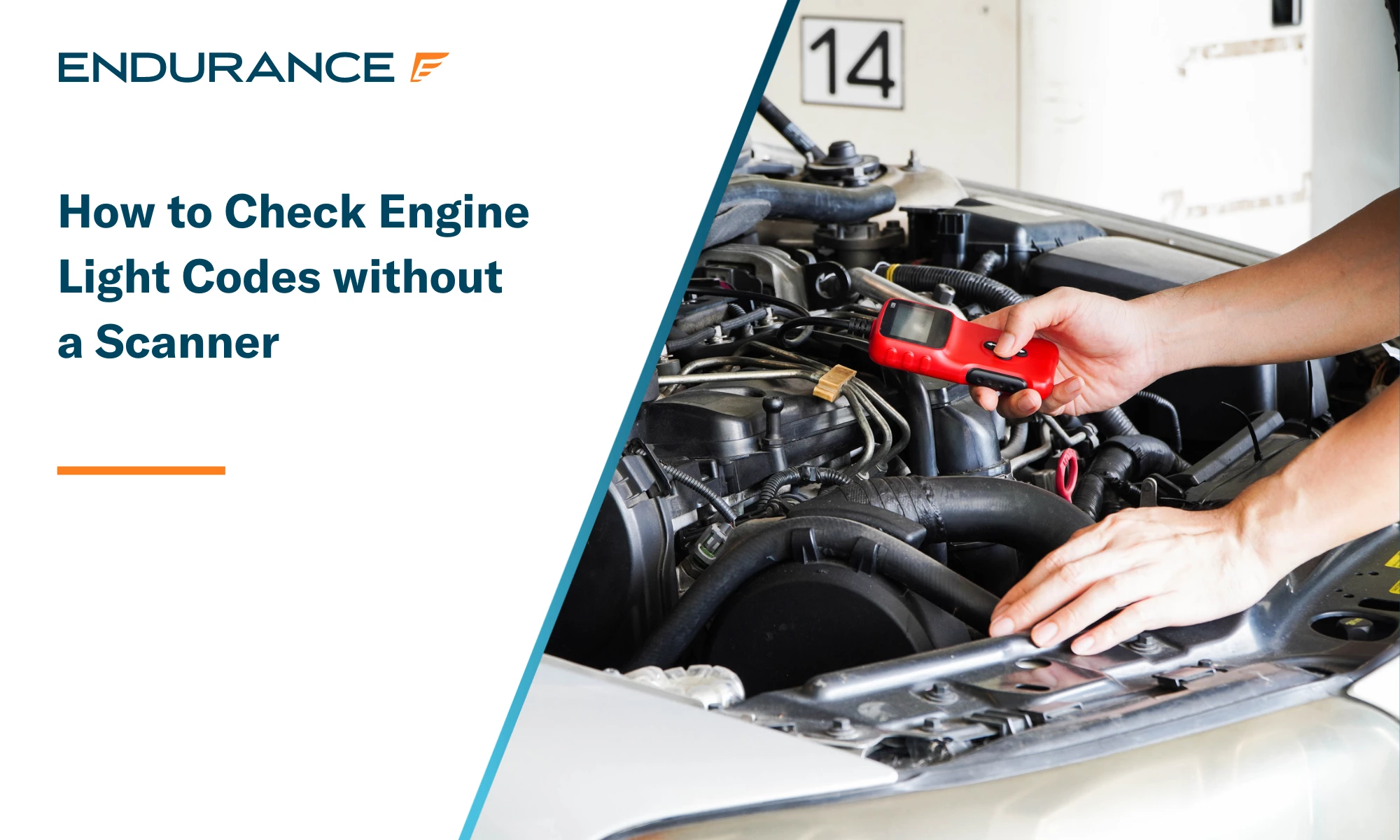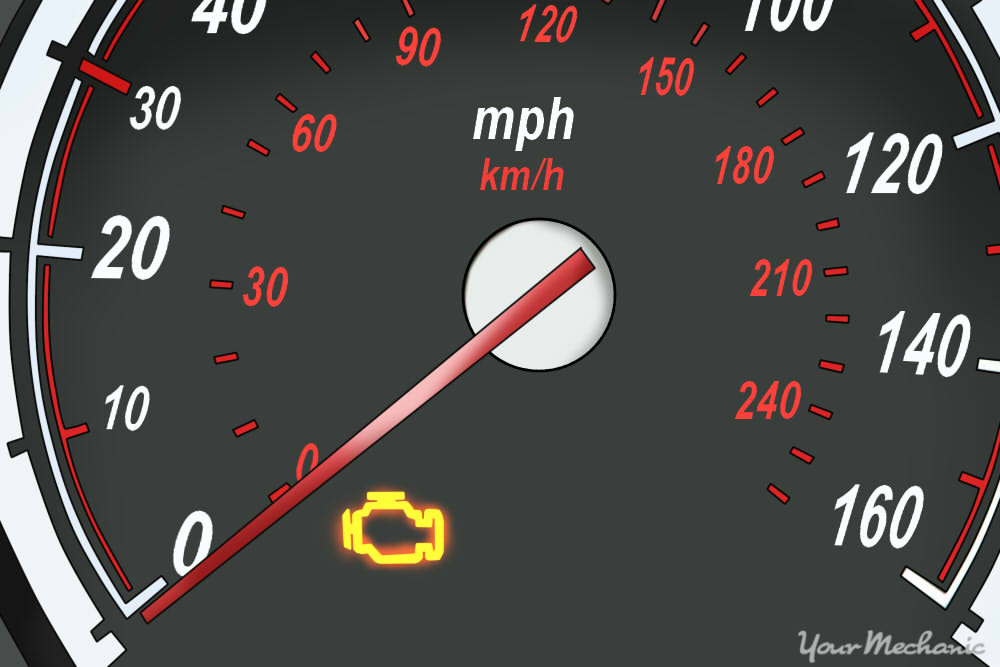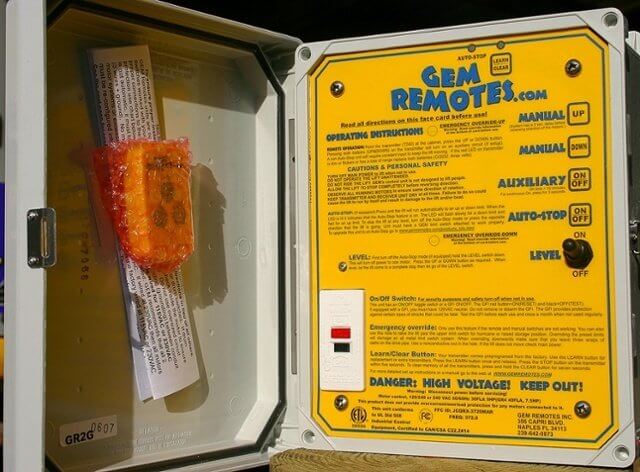Understanding engine codes can save time and money. Reading these codes with an OBD scanner is crucial.
Modern cars have a lot of technology inside. When something goes wrong, a small device called an OBD scanner helps. It reads the engine codes and tells you what might be the issue. This tool connects to your car and gives information quickly.
You don’t need to be a mechanic to use it. Knowing how to read engine codes can keep your car running smoothly. It also helps in spotting problems early. In this blog, we’ll explore how to read engine codes using an OBD scanner. Get ready to learn and save money on car repairs!

Credit: www.endurancewarranty.com
Introduction To Obd Codes
Reading engine codes using On-Board Diagnostics (OBD) is an essential skill for car owners and mechanics. Understanding these codes helps in diagnosing and fixing issues quickly. This blog post will introduce you to OBD codes and explain their importance.
What Are Obd Codes?
OBD codes are diagnostic trouble codes (DTCs) generated by your car’s computer. These codes indicate problems within various systems of the vehicle. OBD-II is the most common system in cars made after 1996.
Each OBD code consists of five characters. The first character is a letter, followed by four numbers. For example, P0301 is a common code. The letter denotes the system:
- P – Powertrain (engine and transmission)
- B – Body (airbags, seatbelts)
- C – Chassis (ABS, traction control)
- U – Network & Vehicle Integration (communication systems)
Importance Of Reading Obd Codes
Reading OBD codes can save time and money. It helps you identify the issue without guesswork. This means fewer trips to the mechanic and more confidence in fixing minor problems yourself.
Here’s why reading OBD codes is crucial:
- Early Detection: Catch issues before they become serious.
- Cost-Effective: Avoid costly repairs by fixing minor problems early.
- Better Maintenance: Keep your car running smoothly.
Understanding OBD codes can help you maintain your vehicle better. It ensures safety and boosts your car’s lifespan. So, learning to read these codes is a valuable skill for any car owner.
Types Of Obd Codes
Understanding OBD codes is essential for diagnosing vehicle issues. There are different types of OBD codes. These codes help identify specific problems with your car. Knowing the types can save time and money. Let’s explore the main types.
Generic Codes
Generic codes are universal. All car manufacturers use them. They start with the letter “P.” For example, P0300 means a random misfire. These codes are standard across all vehicles. They help in quick diagnosis.
Manufacturer-specific Codes
Manufacturer-specific codes vary by brand. They provide detailed information. These codes start with the letter “P” but have unique numbers. For instance, a Ford might have a P1234 code. This code would not apply to a Toyota. Manufacturer-specific codes offer precise diagnostics.
How To Access Obd Codes
Understanding how to access OBD codes can help you diagnose car problems. This knowledge can save you time and money on repairs. Here are two simple ways to access OBD codes.
Using An Obd Scanner
An OBD scanner is a device that reads codes from your car’s computer. Follow these steps to use it:
- Locate the OBD-II port in your car. It is usually under the dashboard.
- Plug the OBD scanner into the port.
- Turn on your car’s ignition but do not start the engine.
- Turn on the OBD scanner. It will connect to your car’s computer.
- Read the codes displayed on the scanner. Write them down or save them.
OBD scanners can be basic or advanced. Some offer detailed reports on the car’s issues. Others just show the codes. Choose one that fits your needs.
Smartphone Apps And Devices
Smartphone apps and devices can also read OBD codes. These tools are easy to use and convenient. Here is how you can use them:
- Buy an OBD-II Bluetooth adapter. Plug it into your car’s OBD-II port.
- Download an OBD app on your smartphone. There are many free and paid options.
- Turn on your car’s ignition. Connect the app to the Bluetooth adapter.
- Read the codes displayed on your smartphone. Save or write them down.
Smartphone apps often provide more details than basic OBD scanners. They can also offer features like live data and code explanations.
| Tool | Advantages | Disadvantages |
|---|---|---|
| OBD Scanner | Easy to use, reliable | Can be bulky, may need updates |
| Smartphone Apps | Convenient, detailed reports | Requires Bluetooth adapter, app compatibility |
Knowing how to access OBD codes can help you keep your car in good shape. Whether you use an OBD scanner or a smartphone app, these tools make car maintenance easier.

Credit: www.yourmechanic.com
Interpreting Obd Codes
Interpreting OBD codes can seem like a daunting task. These codes help identify issues in your car’s system. Understanding them is crucial for proper vehicle maintenance.
With the right knowledge, interpreting these codes becomes easier. This will save you time and money on repairs.
Common Codes And Their Meanings
OBD codes are made up of letters and numbers. Each letter and number has a specific meaning. For example, P0300 is a common code. It indicates a random misfire in the engine.
Another common code is P0171. This means the engine is running too lean. This could be due to a vacuum leak or fuel system issue. Knowing what these codes mean helps diagnose the problem faster.
Severity Of Codes
Not all OBD codes are equal. Some are more severe than others. For instance, a P0420 code indicates a problem with the catalytic converter. This needs immediate attention to avoid further damage.
On the other hand, a P0455 code indicates a large EVAP leak. While this should be fixed, it is less urgent. Knowing the severity of codes helps prioritize repairs. This ensures your car remains in good condition.
Diy Vs Professional Diagnosis
When your car’s check engine light comes on, you face a choice. Should you diagnose the problem yourself or seek professional help? Both options have their pros and cons. This guide will help you understand when it’s best to DIY and when it’s wise to consult a professional.
When To Diy
Diagnosing your car issues can be easy with an OBD-II scanner. For minor issues, DIY can save time and money.
- Simple Problems: Issues like a loose gas cap or a dead battery can be fixed at home.
- Learning Experience: Using an OBD-II scanner teaches you about your car.
- Cost-Effective: Scanners are affordable. Many cost less than one mechanic visit.
DIY diagnosis is ideal for those who enjoy learning and tackling small car problems.
When To Consult A Professional
Some car problems are too complex or risky to handle alone. Here are scenarios to consider professional help:
| Situation | Reason |
|---|---|
| Complex Issues | Problems like engine misfires need expert skills. |
| Safety Concerns | Brakes or steering issues need professional attention. |
| Warranty | Some repairs must be done by certified mechanics to keep your warranty valid. |
Consulting a professional ensures the problem gets fixed correctly and safely.
Common Issues Detected By Obd Codes
On-Board Diagnostics (OBD) codes help identify problems in vehicles. These codes are essential for maintaining your car’s health. They detect various issues that can affect performance and safety. Here are some common problems detected by OBD codes.
Engine Problems
Engine problems are some of the most frequent issues detected by OBD codes. These codes can alert you to several engine-related faults.
Common engine problems include:
- Misfires
- Knocking
- Overheating
Misfires occur when the air-fuel mixture fails to ignite properly. This can lead to rough idling and poor acceleration. Knocking is a sign of improper combustion, which can damage engine components. Overheating indicates a problem with the cooling system or thermostat.
Emission System Issues
The emission system controls pollutants released by your car. OBD codes can help detect problems in this system.
Common emission system issues include:
- Faulty Oxygen Sensors
- Leaking Exhaust
- Malfunctioning Catalytic Converter
Faulty Oxygen Sensors can cause the engine to run rich or lean. This affects fuel efficiency and emissions. A leaking exhaust can release harmful gases into the atmosphere. A malfunctioning catalytic converter can fail to reduce toxic emissions, leading to higher pollution levels.
Addressing these issues promptly ensures your vehicle runs smoothly and meets environmental standards.
Maintaining Your Obd System
Maintaining your OBD system is key for your vehicle’s health. Regular checks and updates ensure smooth operation. It also helps in early detection of issues. This can prevent costly repairs in the future. Let’s explore how to keep your OBD system in top shape.
Regular Scanning
Regular scanning of your OBD system is essential. It helps in early detection of engine problems. You should scan your system at least once a month. This will keep you informed about any potential issues. Regular scans can save you from unexpected breakdowns. They also ensure your vehicle runs efficiently.
Software Updates
Updating your OBD software is crucial. Manufacturers release updates to improve performance. These updates can fix bugs and enhance system stability. Always install the latest software updates. This ensures your OBD system works at its best. It also keeps it compatible with newer vehicles and standards.

Credit: carexamer.com
Benefits Of Understanding Obd Codes
Understanding OBD codes can be highly beneficial for car owners. These codes help in diagnosing issues with your vehicle. By knowing what the codes mean, you can save money and maintain your car better. Below are some key benefits of understanding OBD codes.
Cost Savings
Knowing OBD codes can save you money. Here’s how:
- You can diagnose simple issues yourself.
- You avoid unnecessary trips to the mechanic.
- You can buy the right parts without guessing.
For example, a common code like P0171 indicates a lean fuel condition. With this knowledge, you can check for air leaks or fuel system issues. This prevents you from spending money on unrelated repairs.
Preventive Maintenance
Understanding OBD codes helps in preventive maintenance. This keeps your car running smoothly. Consider these points:
- Early detection of potential problems.
- Regular checks ensure parts are in good condition.
- Scheduled maintenance can be more accurate.
For instance, a code like P0420 signals a problem with the catalytic converter. Knowing this, you can take action before it fails completely. This extends the life of your car and saves on costly repairs.
Frequently Asked Questions
What Is An Obd Engine Code?
An OBD engine code is a diagnostic trouble code. It identifies issues in your vehicle’s engine.
How Do I Read Obd Engine Codes?
To read OBD engine codes, use an OBD scanner. Plug it into the vehicle’s OBD port.
Why Is My Check Engine Light On?
The check engine light means there’s an issue. Use an OBD scanner to find the specific code.
Can I Clear Obd Codes Myself?
Yes, you can clear OBD codes with a scanner. But fix the issue first to avoid recurrence.
Do Obd Codes Always Mean A Serious Problem?
Not always. Some codes are minor issues. But, always check and address them to avoid bigger problems.
Conclusion
Understanding engine codes with OBD can save time and money. It’s essential for every car owner. Reading these codes helps diagnose issues quickly. Simple tools and apps make this easy. Take control of car maintenance. Don’t ignore warning lights. Early detection prevents bigger problems.
Keep your car running smoothly. Happy driving!

















